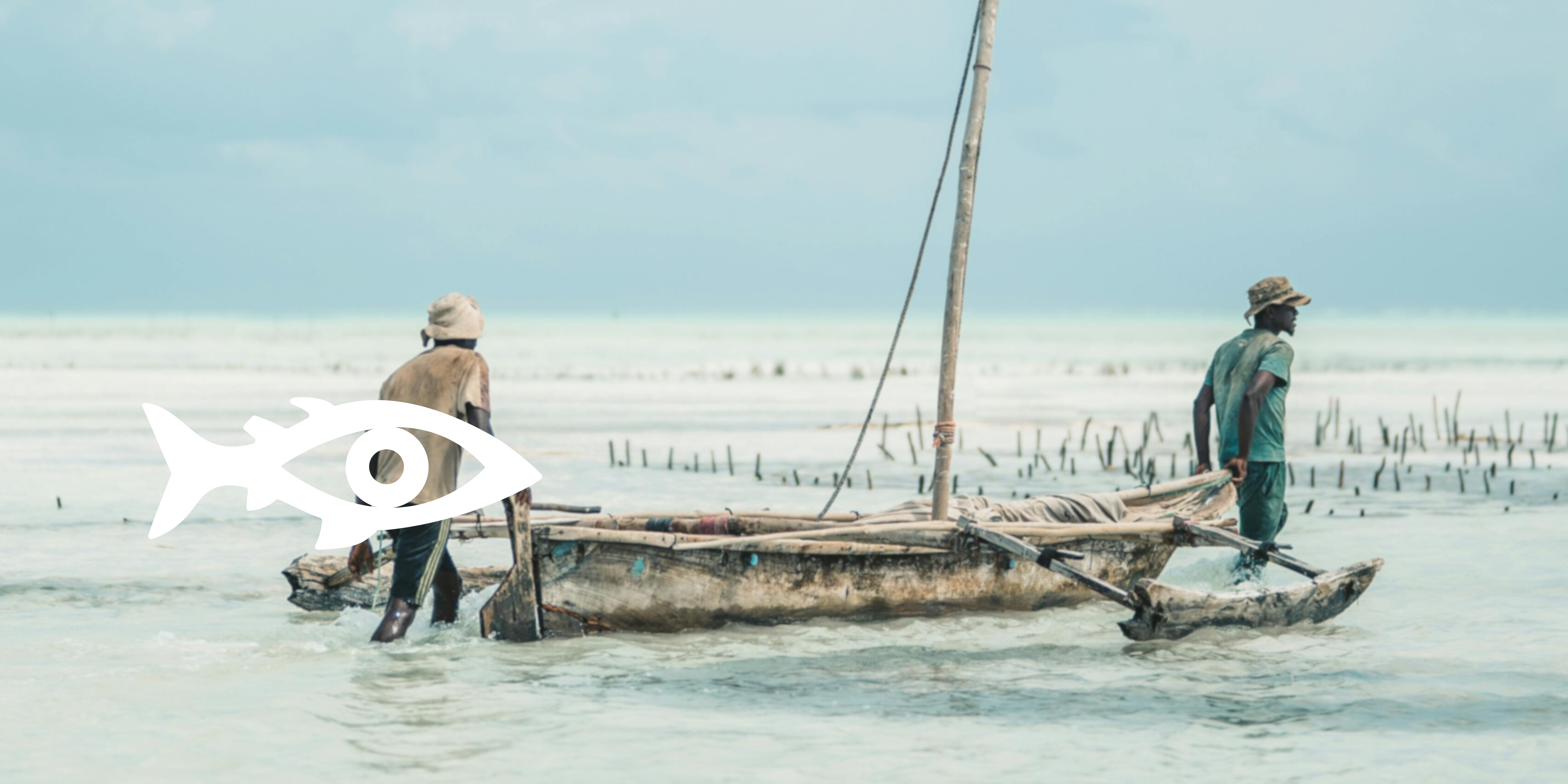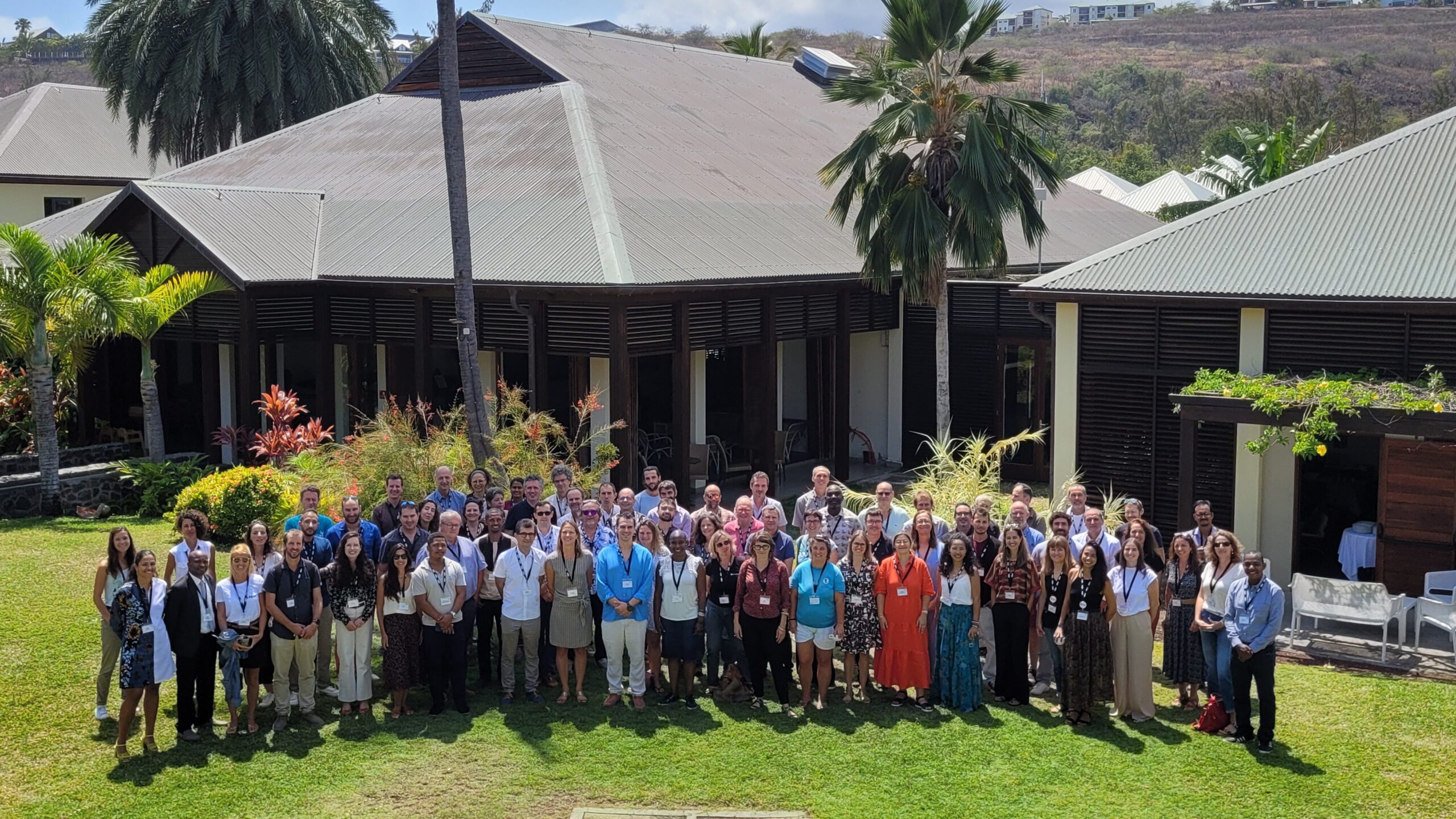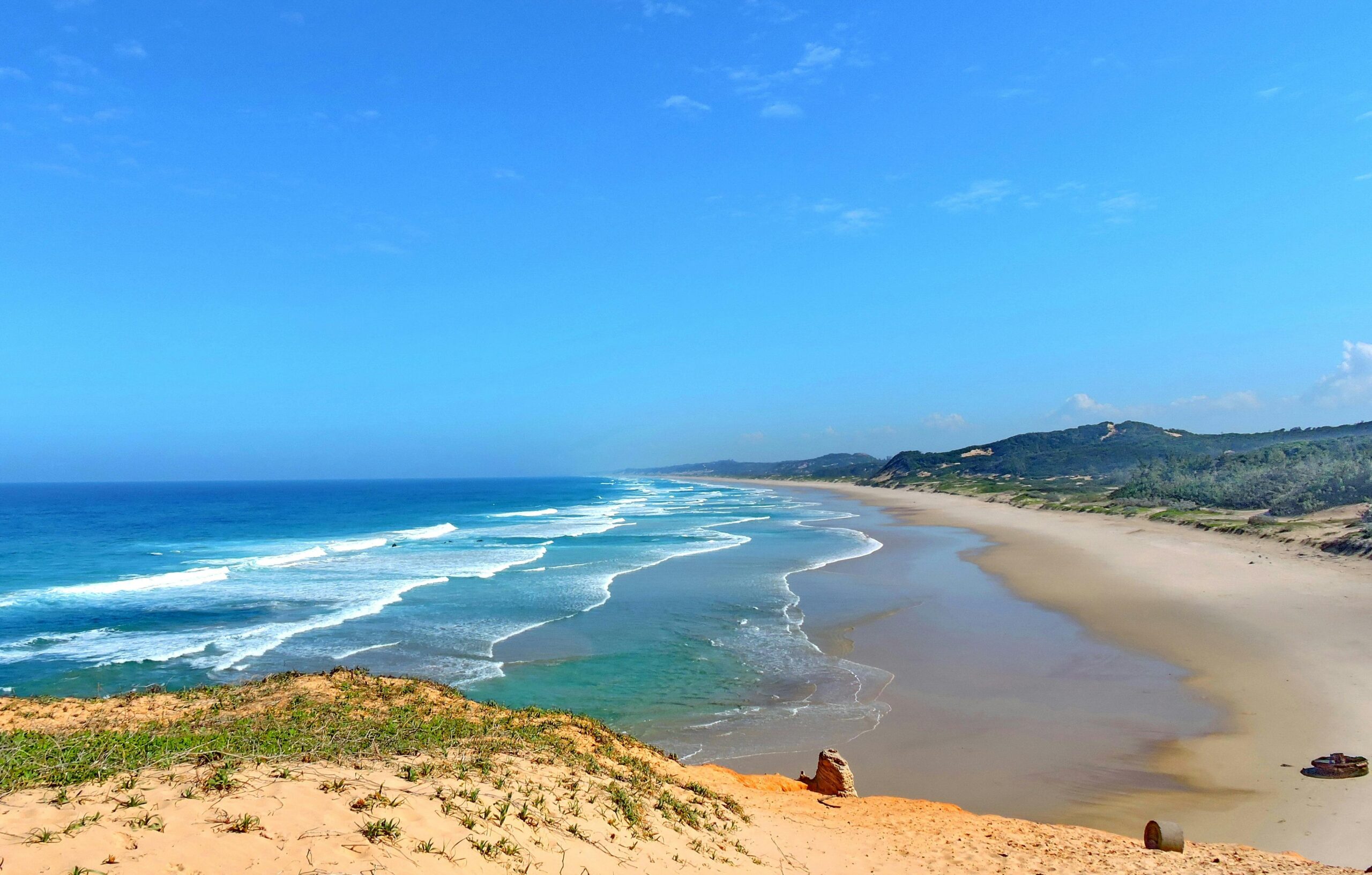
BIOMA: When the law questions the protection of marine biodiversity
Since October 2024, Margot Perdereau has been pursuing a thesis in environmental law through BRIDGES CO-CONSTRUCTION, on the subject: Is marine biodiversity well protected by the law?
In light of increasing anthropogenic pressures on the marine environment, this thesis aims to understand where, when, and how the law contributes to the protection of marine biodiversity in a geographical area encompassing the Mediterranean basin, Africa, and the Indian Ocean.
To examine the content of legal texts, their implementation, and their consequences, the BIOMA thesis draws on quantitative and interdisciplinary methods developed in the Nawras project. Legal analysis, data management, and marine ecology will be combined to ultimately produce legal information in the form of an observatory.
Interviews with experts in marine and fisheries ecology are conducted to identify the legal rules to be evaluated, and artificial intelligence techniques such as natural language processing (NLP) are used to carry out a systematic analysis of the texts. The use of legal indicators, an innovative tool in environmental law, then makes it possible to characterize and quantify existing law. Artificial intelligence will also be used to extract and process legal information in order to compare it with factual data on the status of marine species and stocks available in existing databases (FAO stock assessments, IUCN databases on conservation status, etc.).
These different steps will make it possible to assess the contribution of law to the protection of marine biodiversity within an interdisciplinary and international research framework.
Through CO-CONSTRUCTION, BRIDGES aims to understand the creation and implementation of environmental standards by analyzing them at different scales. Through its subject matter and methodology, BIOMA hopes to make a useful contribution to the better protection of the marine ecosystems of the Indian Ocean, which are rich in biodiversity but vulnerable to anthropogenic pressures.
Thesis supervisors: Marie Bonnin (IRD/LEMAR) and Jihad Zahir (FSS/Univ Cadi Ayyad)
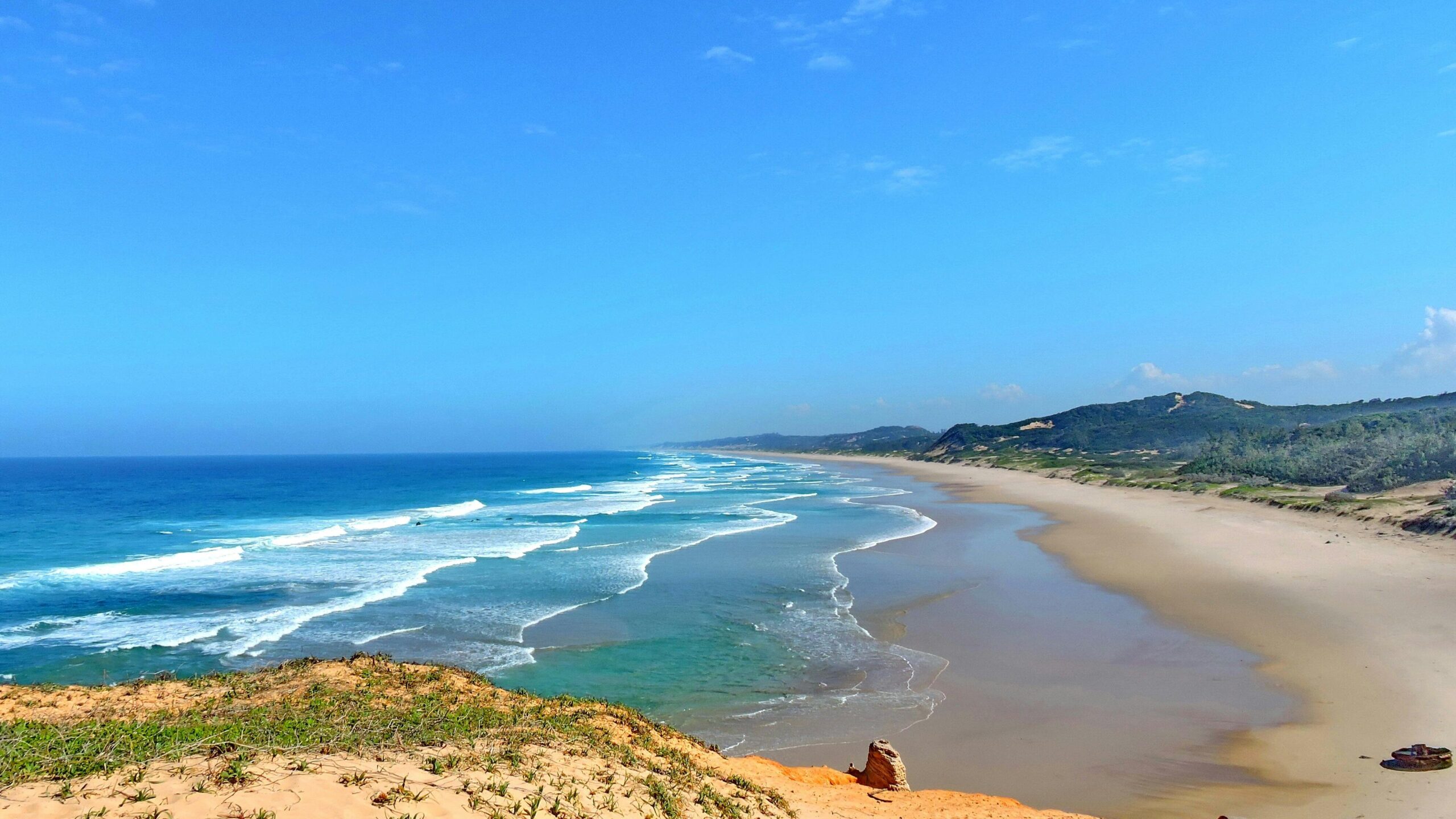
Biosketch

Margot Perdereau, a jurist specializing in marine environmental law, began her academic career at the University of Caen Normandy (2019-2022), where she specialized in public law. She then continued her studies with a master’s degree in Maritime Law at the University of Western Brittany (2022-2024), where she developed a passion for marine environmental law. She completed two internships with the Nawras project, in Brest (LEMAR) and Marrakech (Cadi Ayyad University), focusing on “where, when, and how does the law protect the oceans?” With her thesis, she is continuing to explore this topic, focusing more specifically on the protection of marine biodiversity, particularly in the Indian Ocean.
What is environmental law?
Environmental law refers to the legal rules governing nature, pollution and nuisances, sites, monuments and landscapes, and natural resources. It aims to prevent, reduce, or compensate for damage to ecosystems. In the marine environment, it concerns pollution, fishing, the protection of species and habitats, the governance of maritime areas, etc. It is often cross-cutting, drawing on international, regional, national, and customary law, while also being based on science.
What are legal indicators?
Legal indicators measure the content, implementation, and effects of a body of law. They translate legal data into numerical values, facilitating comparisons and the evaluation of public policies. In environmental law, they are particularly useful for taking a step back and identifying regulatory gaps, protection efforts, or the concrete implementation of conservation measures.
Which laws apply in the Indian Ocean?
The governance of the marine environment in the Indian Ocean is based on a complex overlap of legal norms of different types and scales. These include:
- International law, in particular:
- The United Nations Convention on the Law of the Sea (UNCLOS, 1982), which defines maritime zones (EEZ, continental shelf, etc.), the rights of coastal states, and obligations regarding the protection of the marine environment.
- Multilateral environmental agreements (MEAs) such as: the Convention on Biological Diversity (CBD, 1992), the Ramsar Convention (wetlands, 1971), the CITES Convention (trade in endangered species, 1973), and the Stockholm Convention (persistent organic pollutants, 2001).
- Regional law, including: the Nairobi Convention, texts produced within the framework of the Indian Ocean Commission (IOC), particularly on fishing, fisheries resource management, and maritime safety, regional fisheries organizations such as the South West Indian Ocean Fisheries Commission (SWIOFC), which issues technical and scientific recommendations.
- The national laws of coastal states in the region.
- Customary or community laws, applied in rural areas or artisanal fishing areas, particularly in LMMA (Locally Managed Marine Areas). These standards may govern access to resources, fishing periods, or protected species.
The Nairobi Convention: a regional pillar
Adopted in 1985 and entered into force in 1996, the Nairobi Convention (or Convention for the Protection, Management and Development of the Marine and Coastal Environment of the Eastern African Region) is the only regional legal framework for the protection of the marine environment in the western Indian Ocean. It brings together ten countries: Comoros, France (Reunion, Mayotte), Kenya, Madagascar, Mauritius, Mozambique, Seychelles, Somalia, South Africa, and Tanzania, with a secretariat hosted by UNEP in Nairobi.
The Convention acts on several levers such as the conservation of marine ecosystems and the promotion of regional cooperation in environmental monitoring, marine spatial planning, and integrated coastal zone management.
It also acts as a diplomatic and scientific platform to harmonize marine policies in a region marked by significant legal and ecological inequalities.
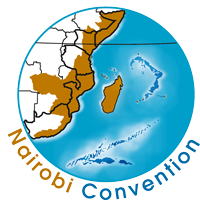
The Nawras Project
The Nawras Project, coordinated by LEMAR and Cadi Ayyad University, examines the role of law in protecting the oceans. It is developing an innovative method at the crossroads of law, marine ecology, and data science. The aim is to identify gaps between existing standards and ecological reality in order to support decision-makers and scientists. BIOMA is one of its extensions, applying these methods to marine biodiversity.
More news News

